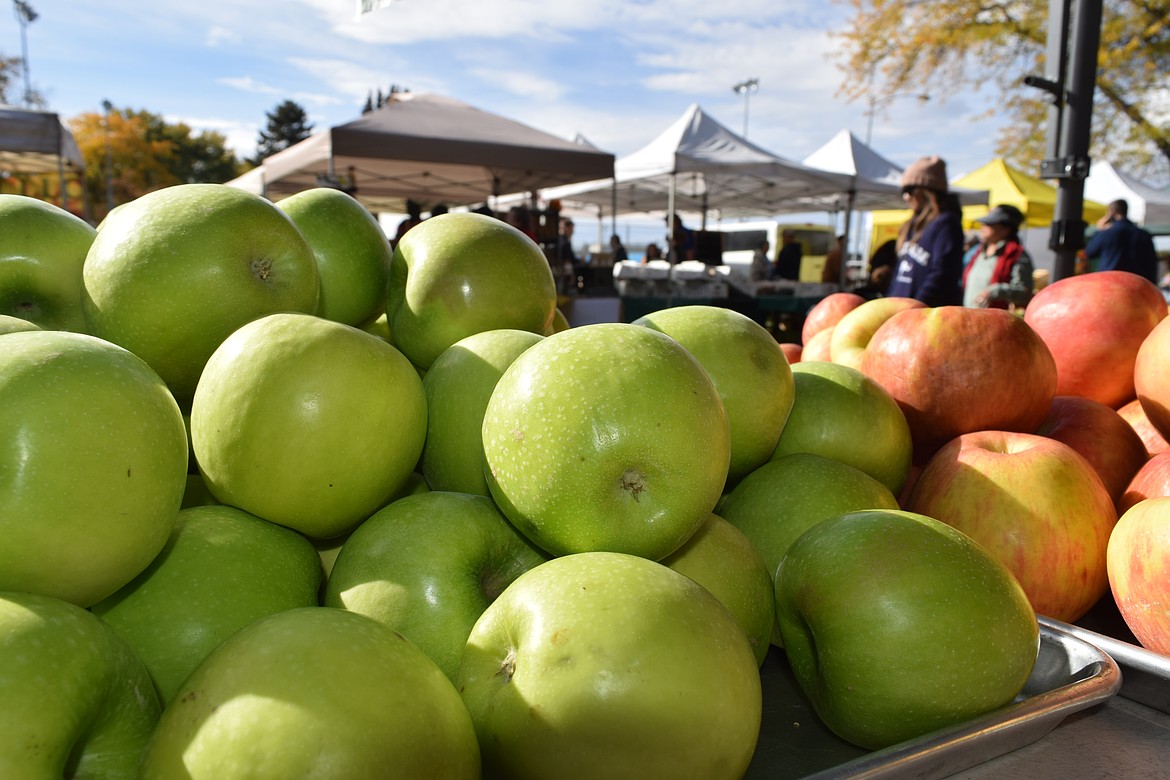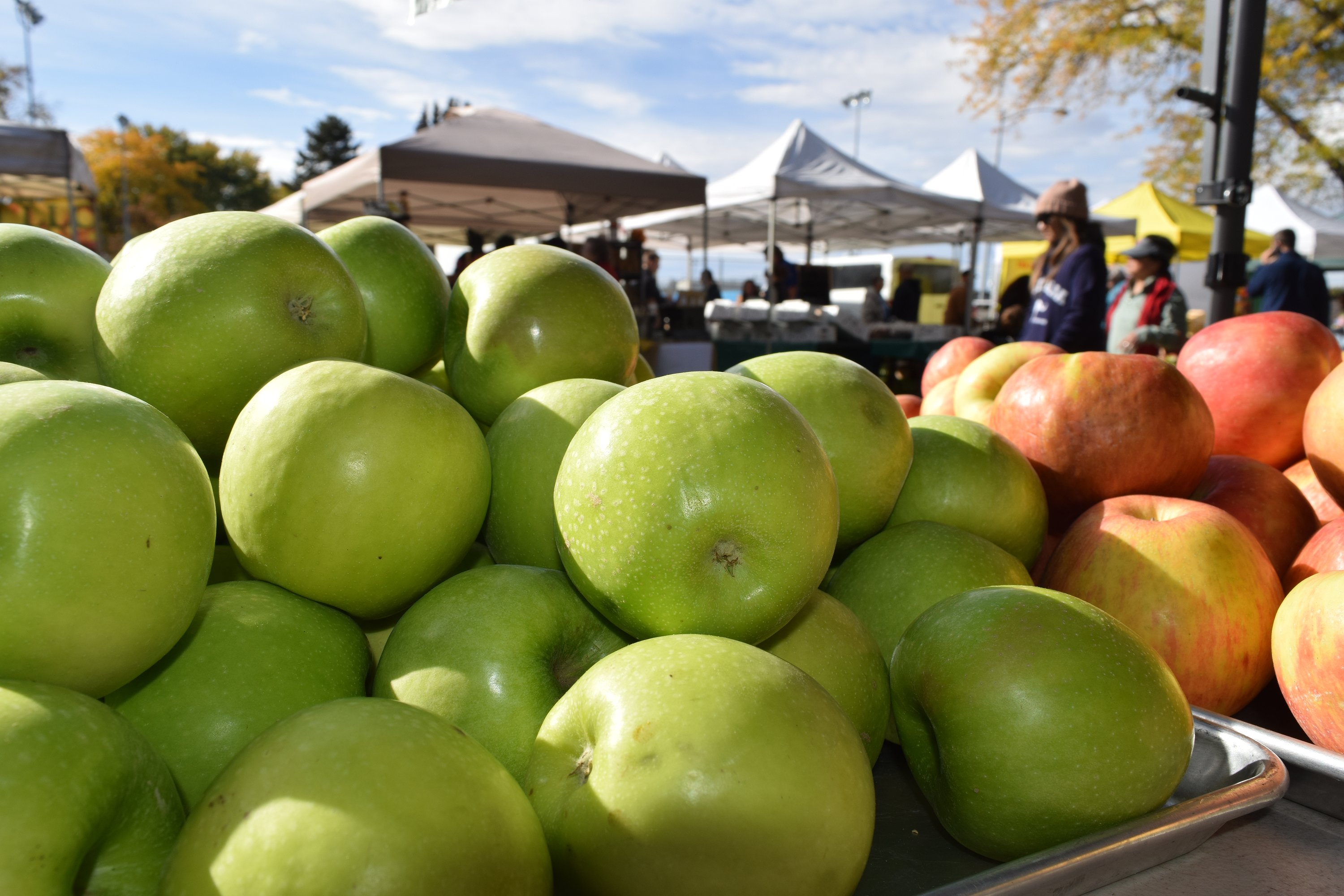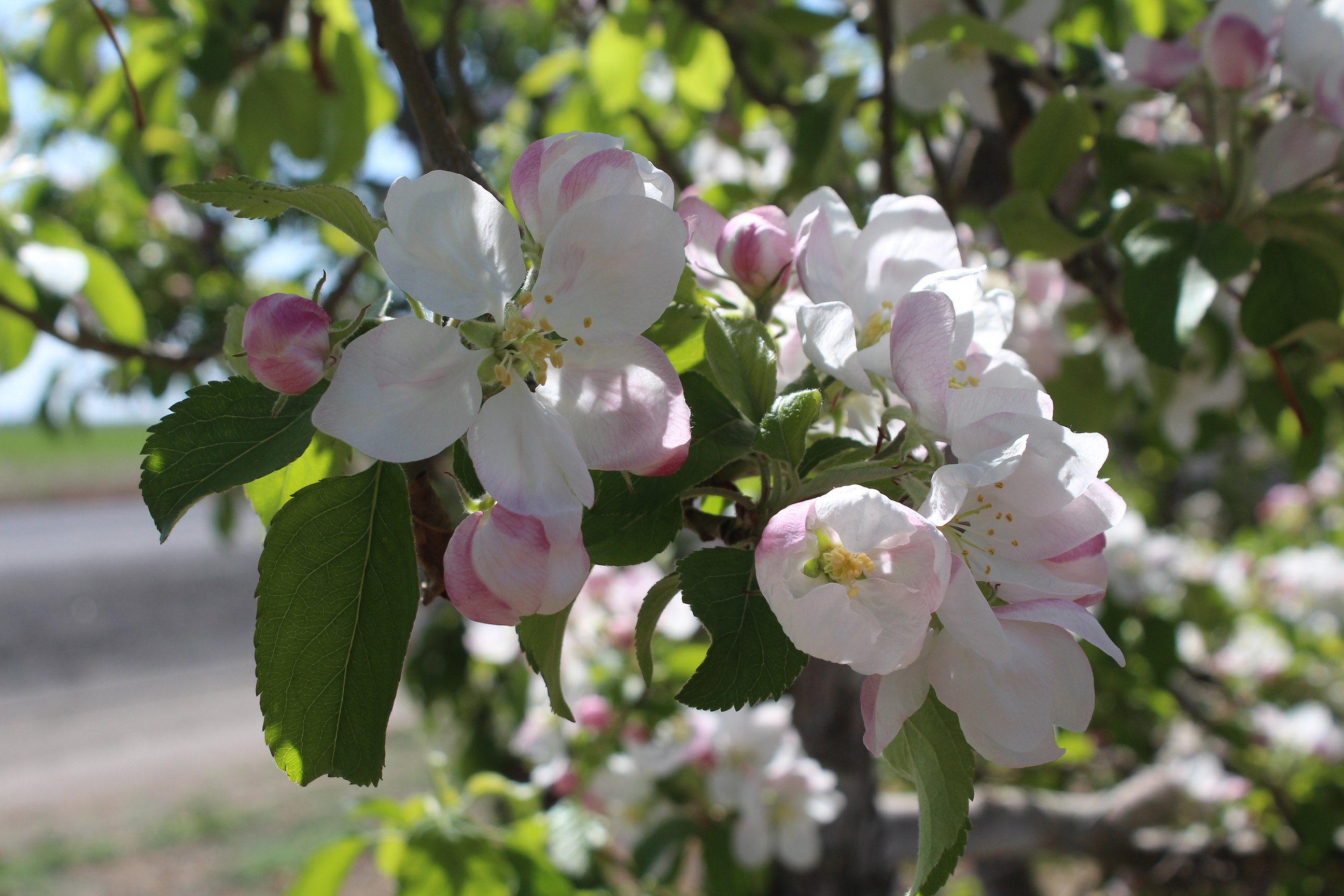Apple prices, production costs make for hard decisions
QUINCY — When seen from the orchard, the state of the apple business is a little unsettled.
Kent Karstetter, co-owner of RJK Farms near Quincy, said it requires growers to do some hard thinking and make some hard decisions as the 2024 crop goes to market.
“Anymore, you look at your varietal mix, meaning what varieties you have. You look at the prices that you got and the size of the crop,” he said. “And then you figure, do you want to keep (a specific variety) for another year, or are you better off to try something different?”
Trying something different would mean tearing out the existing trees and planting something else, grafting new varieties on the roots – or leaving that acreage empty.
“That may even mean tearing it out and not replanting it,” Karstetter said. “That’s why when you drive around, you see smoke, because there are people tearing out orchards and burning them.”
Mark Hambelton, co-owner of Double M Orchards near Crescent Bar, has firsthand experience with that decision. The mix of varieties on the family property includes Ambrosia, an apple with a relatively small market share.
“Some of smaller niche markets are getting pushed out. For us a big one is Ambrosia,” Hambelton said. “We planted a variety called Evercrisp, from the Midwest. It’s a delicious firm apple, but we’re (taking some acreage) out of production, because we don’t see a future in it.”
Washington Apple Commission President Michael Schadler said in an earlier interview that the combination of expanded production and increasing costs have left apple growers with a challenge.
“The problem is the ongoing supply-demand imbalance, which is creating unprofitable prices for growers. Profitability, of course, is also impacted by high production costs, which have escalated in recent years,” Schadler said.
While Washington dominates U.S. apple production, Michigan and New York are growing more apples for the domestic fresh market, Hambelton said.
“We just have an abundant supply of apples,” he said.
Growers felt the impact in 2024, when apples harvested in 2023 were on the market.
“It has been challenging, I think, to say the least. Last year I don’t think many apple farmers were able to turn a profit. I think there were some really big losses last year,” Hambelton said.
“Is it overproduction, and/or underconsumption of apples?” he said.
The inflation that hit the U.S. in the wake of the COVID-19 pandemic added to production costs, Hambelton said.
“Up until three (or) four years ago, the apple market was healthy, and people were making a decent living. If you were doing it right, you were doing good,” he said.
Inflation raised production costs, and Karstetter cited state labor regulations as a contributing factor. In Washington farmworkers are subject to minimum wage standards and work rules that limit the number of hours they can work.
“The state of Washington has a wonderful growing season, and we used to use that growing season to offset some of those (cost) increases, but the increases have gotten high enough (that) now it’s not working,” Karstetter said.
All farming, including tree fruit, runs by a different schedule than the typical office job, he said.
“Most people who work eight-hour jobs are working inside, are not outside all the time, but we’re always outside,” he said. “When it’s raining out, when it’s snowing, when the wind is blowing 50 miles an hour, for safety and stuff and just for ease of work, we send our workers home.”
Work rules make it difficult to give workers the chance to make up those lost days, Karstetter said.
“If they want more hours, a lot of people are working Saturday and Sundays, or Fridays and Saturdays, for somebody else,” he said.
In addition, some tasks have to be done when they have to be done, no matter what day or time it is. Karstetter cited pest control as an example.
“The key is to make sure you get the chemicals, the sprays, on in a timely fashion,” he said. “The bugs don’t know Saturdays and Sundays; they know heat units. It’s all about heat units.”
Theoretically growers could hire more workers, but cost constraints get in the way, Karstetter said. Organic growers face an additional challenge, because growing organic fruit requires more labor, he said.
“We aren’t quite up to the curve yet,” Karstetter said.
Hambelton said the market has changed, too.
“Ten years ago, you had retailers asking for new varieties and new things, and in the last couple years, you have retailers saying, ‘Okay, we’ve had enough. We want to actually simplify our apple displays.’” he said.
Apple growers, like all farmers, can’t raise their prices to offset the additional production costs, Karstetter said.
“It’s not how much money you make, it’s how much money you keep,” he said. “And I think the biggest problem that agriculture and even our workers are finding is, they’re making more money, but it’s not translating into a better way of life.”
Even with all the challenges, 2025 looks to be a good crop, Hambelton said.
“Knock on wood, we’ve had no frost issues. If there are viable flowers, which there should be everywhere, we should be able to set a great crop in the state. There’s no Mother Nature pressure on the trees right now. We’re not going to heat up to 80 degrees and have a flash bloom, we’re just going to be nice and mellow at 60 to 65 degrees. The bees – it looks like they’ll be able to get out and do the work and pollinate the flowers that need to be pollinated,” he said. “We’re going to have a large crop, but I think we’re setting up to have, at this point, a great quality crop.






